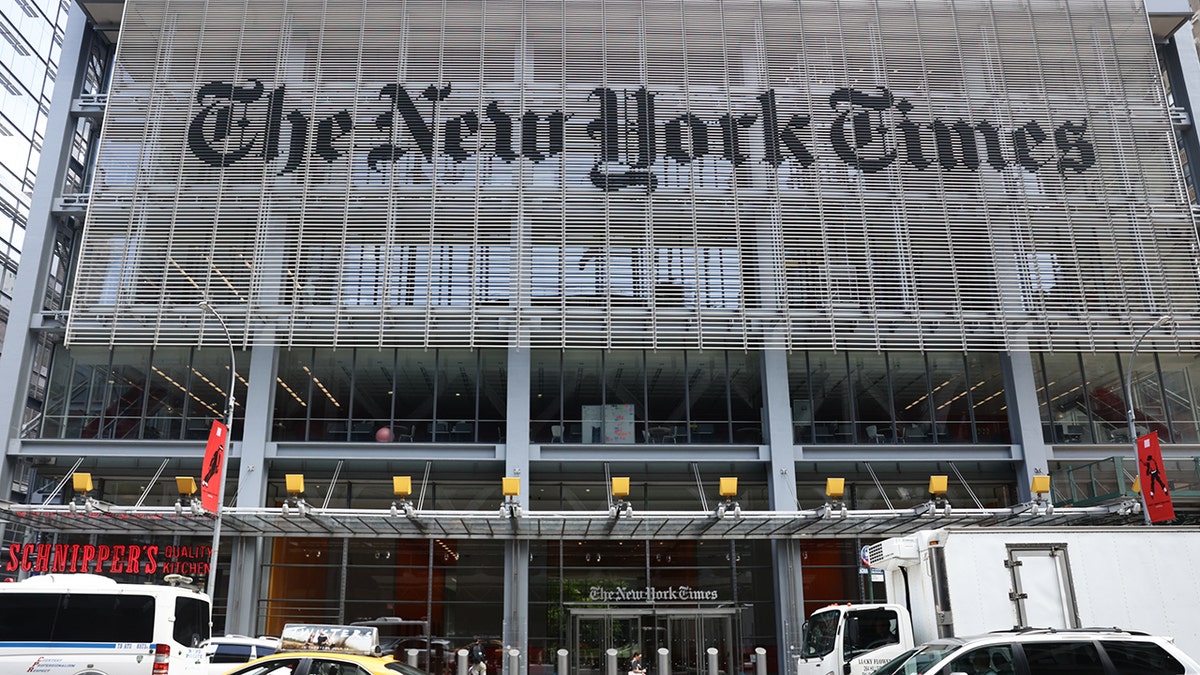
NY Times Columnist Accuses Scientific Community of Suppressing COVID-19 Lab Leak Theory
A new opinion piece published in The New York Times is stirring controversy by alleging a coordinated effort within the scientific community to downplay the possibility that COVID-19 originated from a laboratory in Wuhan, China. The column, penned by Times columnist and Princeton Sociology Professor Zeynep Tufekci, accuses scientists and officials of actively misleading the public and suppressing crucial information regarding the lab leak theory.
Tufekci’s March 16 piece, titled "We Were Badly Misled About the Event That Changed Our Lives," argues that the scientific community had long harbored suspicions about a potential lab origin but deliberately "hid or understated crucial facts" to downplay the significance of "terrifyingly lax" safety precautions at the Wuhan Institute of Virology. She contends that this suppression of information was aimed at promoting a false sense of consensus and shielding the public from the full truth about the pandemic’s origins.
"We have since learned, however, that to promote the appearance of consensus, some officials and scientists hid or understated crucial facts, misled at least one reporter, orchestrated campaigns of supposedly independent voices and even compared notes about how to hide their communications in order to keep the public from hearing the whole story," Tufekci wrote.
The publication of this column marks a significant shift in The New York Times‘ stance on the lab leak theory. Previously, the newspaper faced criticism for dismissing the theory, with one of its science reporters even labeling it as having "racist roots" in a 2021 post on X.
Tufekci’s column details a series of concerning actions taken by prominent figures in the scientific community. She alleges that after a group of scientists privately expressed their belief that the lab leak theory was plausible, World Health Organization official Jeremy Farrar acquired a burner phone to arrange meetings with them, Dr. Anthony Fauci, and then-National Institute of Health Director Francis Collins.
According to Tufekci, this group pressured the scientists to move forward with a paper denouncing the lab leak theory, even urging them to strengthen their condemnation of the theory after reviewing an early draft. The paper, ultimately published as "The Proximal Origin of Sars-CoV-2" in 2020, became a key piece of evidence cited by those who dismissed the lab leak hypothesis.
The column further reveals that unearthed chat logs indicate a deliberate effort to mislead former NY Times science reporter Donald J. McNeil, Jr., who was investigating a tip about a potential government investigation into a lab leak. In one exchange, Professor Robert Garry, a co-author of the "Proximal Origin" paper, wrote, "[McNeil is] very credible but like any reporter can be mislead [sic]." Professor Kristian Andersen, another co-author, responded, "Don… pretty much nailed it, let’s not tell him."
Tufekci also highlights the influential letter published in The Lancet, a prestigious medical journal, which purportedly featured the signatures of independent researchers denouncing the lab leak theory. However, the column alleges that the letter was organized by EcoHealth President Peter Daszak, whose organization has been accused of using taxpayer funds to conduct gain-of-function research at the Wuhan lab prior to the pandemic.
Adding to the controversy, Tufekci points to emails from top Fauci advisor David Morens to Daszak, in which Morens allegedly discussed methods for making "emails disappear." According to the column, Morens wrote, "We’re all smart enough to know to never have smoking guns, and if we did, we wouldn’t put them in emails and if we found them we’d delete them."
While the CIA and Department of Energy have since concluded that a lab leak was the likely origin of COVID-19, they acknowledge "low confidence" due to limited data.
The publication of Tufekci’s column has been met with mixed reactions. Social media users who long suspected a cover-up took to platforms to express their vindication. National Review writer Jeff Blehar wrote on X, "It’s good to see the NYT printing this piece – which directly accuses, with stacks of evidence, the scientific community of actively conspiring to hide the truth about Covids lab origins."
Conversely, others have criticized The New York Times for attempting to downplay its own role in shaping the narrative surrounding COVID-19’s origins. Brownstone Institute President Jeffrey A. Tucker wrote, "This article is infuriating. Everything we know is thanks NONE AT ALL to the NYT. They were the main force for stopping information from coming out."
The column by Tufekci has reopened a contentious debate and raised serious questions about transparency, scientific integrity, and the role of the media in reporting on complex and politically sensitive issues. It remains to be seen what further investigations or revelations may emerge in the wake of these accusations.
